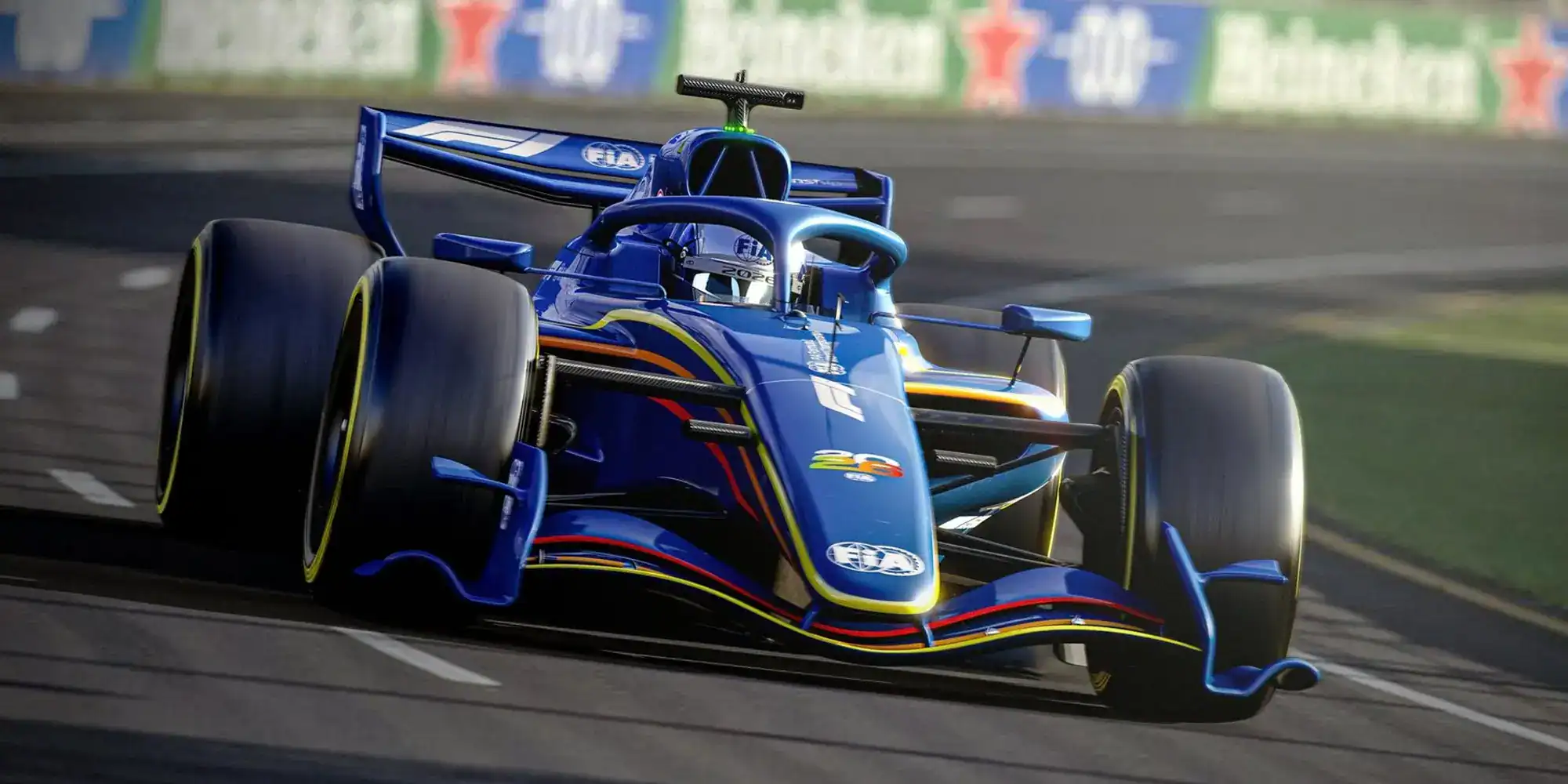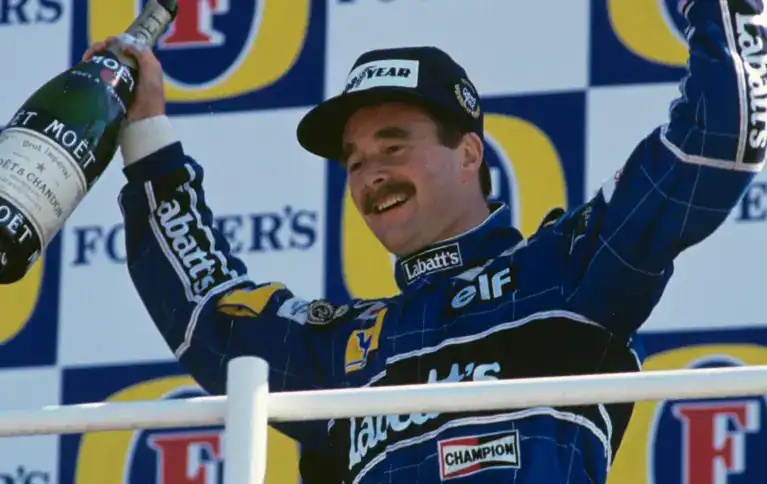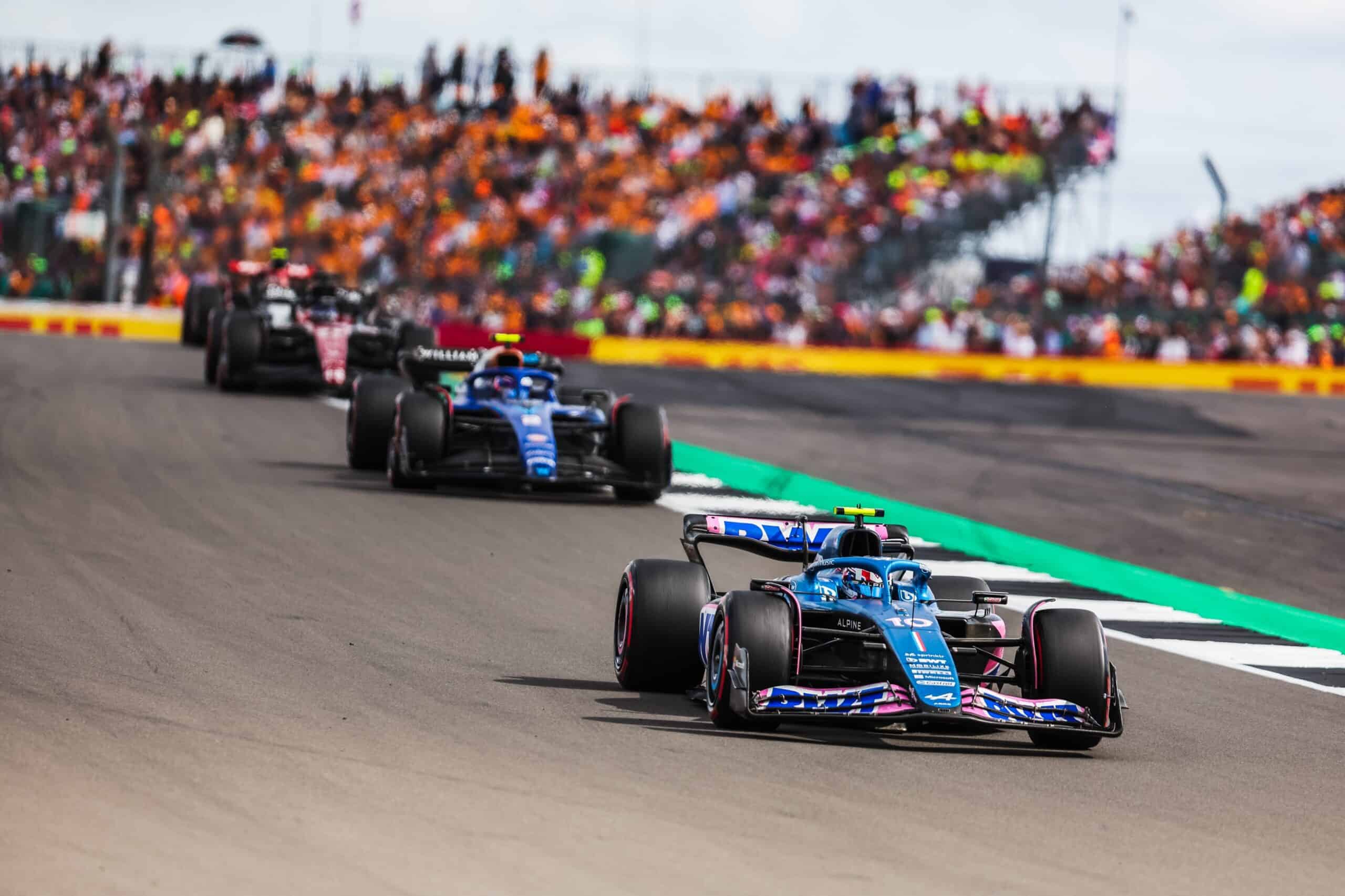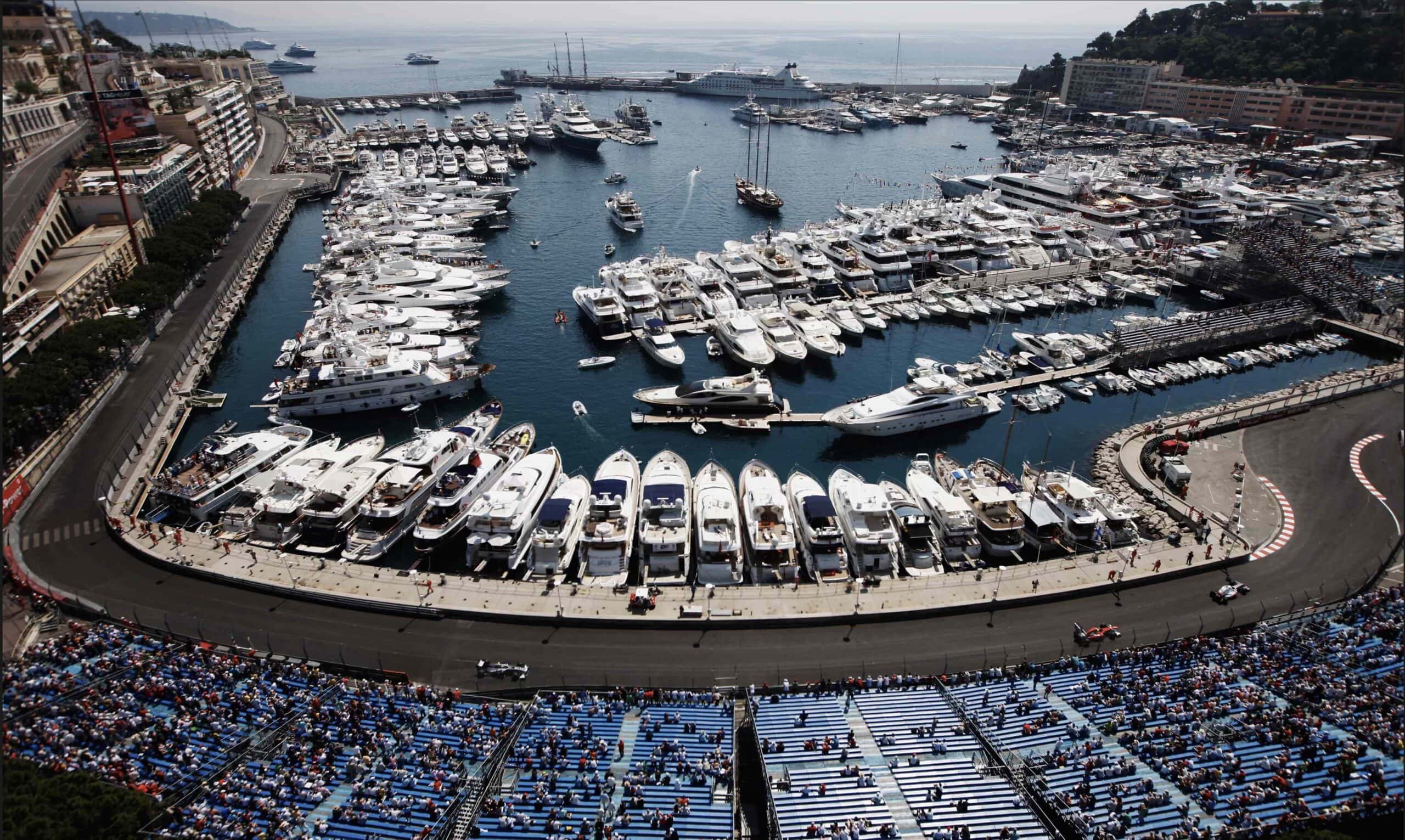If you joined us for The Pop-Up Hotel’s first-ever Trackside Hotel at Silverstone in 2025, you already know the thrill of waking up to F1 on your doorstep and stepping straight into the race weekend, inside the track. For 2026, multiply that anticipation by ten. Formula 1 is about to undergo the biggest shakeup in its history, and the early consensus is simple. The pecking order could flip, racing will evolve, and the British Grand Prix is set to be the must-see weekend of the season. Here’s why you won’t want to miss it and why booking your 2026 stay with us now is the smartest move you’ll make as a fan.
F1 reboots: new power, new aero, new tactics
In 2026, Formula 1 rewrites the rulebook across power units, car size, aerodynamics, and safety. The aim? Create closer racing, and put more sway back in the hands of the drivers and engineers. Crucially, that also means uncertainty and with uncertainty comes opportunity. If you’re an F1 team, it’s a shot at a leap up the grid. If you’re a fan, it’s the promise of a reset from the dominance of drivers and teams who have nailed the new regs that came into play in 2022.
Power units: the same headline number, a radically different recipe
The 1.6-litre turbo V6 remains at the heart of the cars, but the way performance is delivered changes dramatically. The MGU-H is gone, ending an era of heat-energy harvesting from the turbo. In its place comes a heavier emphasis on kinetic recovery: the MGU-K output more than doubles to about 470 bhp (350 kW). To balance the package, the internal combustion engine’s contribution drops to around 540 bhp (400 kW) yet overall power still exceeds 1,000 bhp (750 kW).
Why does this matter for unpredictability? Because the power “map” of a 2026 F1 car will look and feel different across a lap. Energy recovery will roughly double, which means how effectively teams harvest and deploy battery power will become a defining characteristic, especially at high-speed, high-load circuits like Silverstone. Add the move to fuel-flow regulation by energy content rather than mass, plus the adoption of fully sustainable fuels, and you get a power unit that’s as strategic as it is punchy. Although there are rumours it could run out of power on the longest straights. Eeek! Expect some teams to nail the energy-deployment sweet spot early (remember Mercedes in 2015) and others to discover it mid-season.
Smaller, lighter, racier: a car built for the fight (F1 the movie, anyone?)
Visually, the 2026 cars will be shorter, narrower, and lighter than the current generation. The wheelbase shrinks to 340 cm, overall width tightens to 190 cm, and the minimum mass drops by 30 kg. Tyres also slim down by 2.5 cm at the front and 3.0 cm at the rear and the floor’s ground-effect grip is toned down to help combat porpoising.
Less bulk and mass can translate into a car that changes direction more eagerly which is good news through Silverstone’s flowing complexes. But there’s a twist. Following the initial concept in June 2024, the FIA revised the downforce reduction target in October 2024, reducing it from more than 40% to around 15% compared to the 2022–2025 cars. The projected lap-time loss was halved, too: instead of being roughly four seconds a lap slower, the 2026 generation is expected to be about two seconds slower. That’s still fast (very fast), and it means teams will be chasing a delicate balance of maintaining stability at speed while exploiting a more agile footprint in the corners.
Goodbye DRS, hello driver-controlled active aero
Perhaps the biggest on-track change fans will feel is the end of the traditional DRS. In its place, active aerodynamics arrive in the form of movable front and rear wings that drivers will toggle between two modes, dubbed Z and X mode, but more than likely to change names.
- Z-Mode (Cornering): higher downforce for grip and precision through the bends.
- X-Mode (Top Speed): flatter wings to cut drag and unleash straight-line speed.
Switching won’t be a free-for-all as it will be limited to FIA-approved safe zones, typically longer straights where activation time exceeds three seconds. But unlike DRS, which offered a fairly binary “pass/fail” overtaking window, this system should feel more tactical. Drivers can position, feint, and time their attack or their defence with a layer of nuance we haven’t seen in years.
For fans at Silverstone, that could mean more meaningful battles on the Wellington and Hangar straights, and smarter set-ups through the high-speed sweeps of Maggotts-Becketts-Chapel.
Safety changes so the drivers can push harder
The 2026 regs also bring major safety upgrades. The Front Impact Structure features a two-stage design that remains attached to the survival cell even after a significant impact, thereby enhancing protection against secondary impacts. There’s reinforced side-intrusion protection around the cockpit and fuel cell without adding mass, and the roll hoop standard rises to 20G (with load-test requirements up to 167 kN). You’ll also see new lateral safety lights indicating the Energy Recovery System’s status when a car stops. This is vital information for marshals and responders.
Why this adds up to unpredictability (and drama)
Put it all together and you have a grid poised for shakeups:
- Different development directions: With active aero, revised downforce targets, and a new power split, teams will make bold choices. Some will find speed early, while others will discover it late in the season.
- Driver skill in the spotlight: Toggling modes, managing energy, and reading rivals will reward instinct and intelligence. Expect veterans to gamble and rookies to surprise.
- Set-up spread: A lighter, smaller car with less ground effect but still mighty power creates a larger window of viable set-ups, especially at a circuit as varied as Silverstone.
And remember, projected lap times only tell part of the story. Racecraft and how drivers manage tyres, battery state, and aero modes will define who wins the fights.
Make it Silverstone, with a bedroom on the Hangar Straight
Formula 1 in 2026 will still look like the sport you lov, but it will race differently. Power will be cleaner and deployed more efficiently. Cars will be lighter and more agile, with drivers wielding active aero as a strategic weapon. Downforce will be trimmed but not gutted, keeping the speed high and the pack lively.
If unpredictability is the currency of great sport, 2026 is minted. Make sure you’re there, front row and feet up, when the action begins. Book The Pop-Up Hotel Trackside at Silverstone for the 2026 British Grand Prix and claim your place at the edge of the new era.
In 2025, guests told us the magic was proximity. 2026 will amplify that. With teams juggling energy targets, aero modes, and a lighter, more agile chassis, there will be more to follow, more to debate, and more to celebrate over that evening meal.
Booking for 2026: Early Bird Is Live (Limited)
For a strictly limited number of rooms, we are guaranteeing 2025 prices for the 2026 British Grand Prix at Silverstone.
- Up to 30% saving vs. final 2026 rates
- Secure your room with just a 25% deposit
- Dynamic pricing: rates will rise over time, so book early to lock in the best price.
Pro tip: Sprint weekends sell out fast! If you want the inside track, an unrivalled vantage point, plus three days of must-watch sessions, grab your spot now.
→ Ready to lock it in? Reserve Your 2026 British Grand Prix Trackside Stay






























